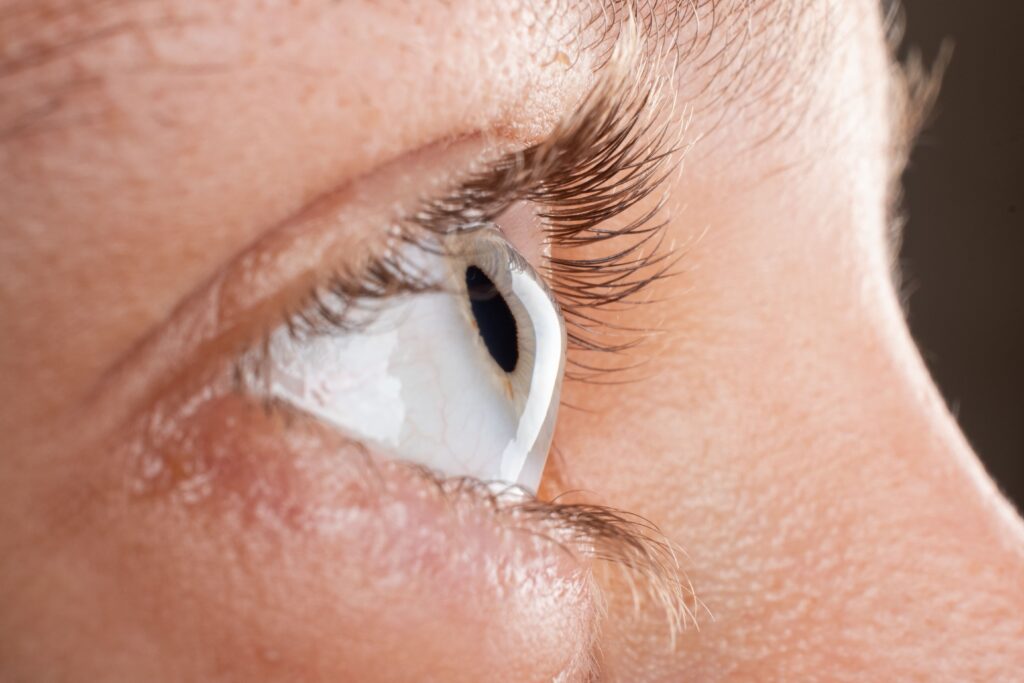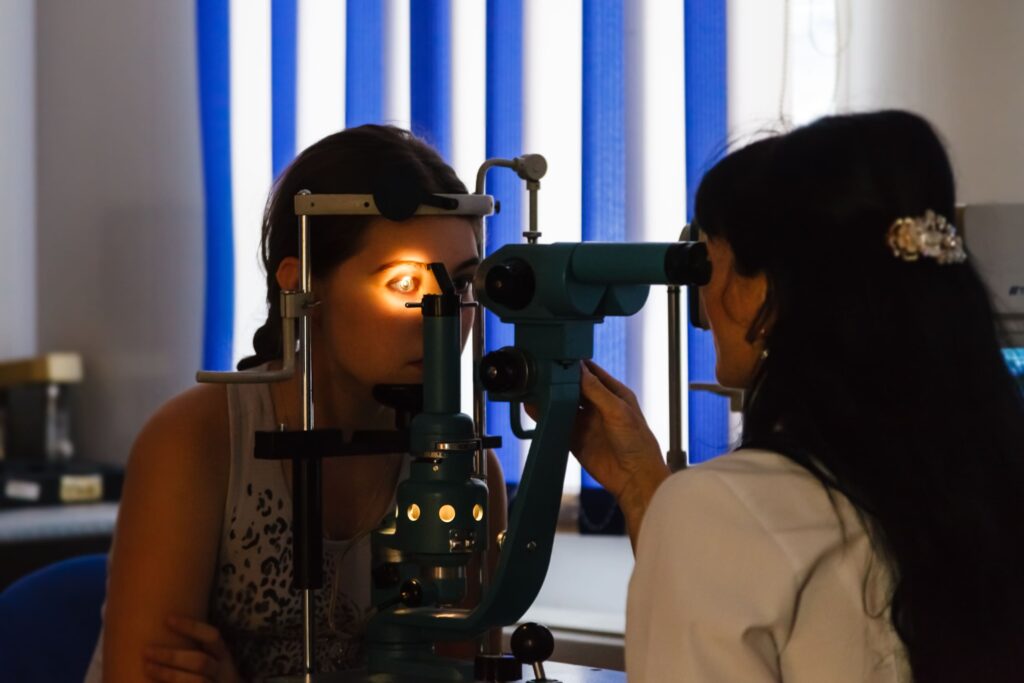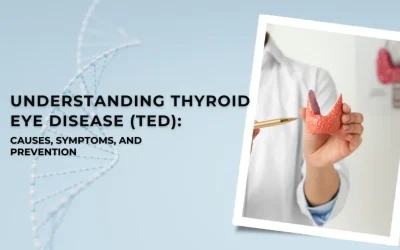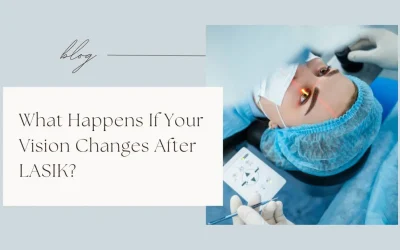What are the effects of Keratoconus? And what is the treatment for Keratoconus?

First, let’s get to know about keratoconus. The cornea is the outermost layer at the front of the eye. It has a dome-like curved shape, which sometimes isn’t strong enough to keep its round form and bulges outward, looking more like a cone – this is called keratoconus. Your cornea’s shape is held in place by tiny fibres made of collagen protein. When these fibres weaken, they can no longer support the cornea’s body, making it look like a cone.

What causes keratoconus?
While the exact causes of keratoconus are unknown, researchers believe genetics may play a role in who is more likely to develop the condition. Approximately 1 in 10 people with keratoconus have a parent with the condition. The various causes which lead to keratoconus,
- Age-related: It usually starts when you are young, in your teens. It may also begin in your early days as a child or even after 30 or 40 years of age. We can’t say the exact time frame of a high probability of keratoconus occurrence.
- Genetics: If you have a family member with this condition, you have a greater chance of developing it yourself.
- Other health conditions: There seems to be a connection between keratoconus and other health conditions such as Ehlers-Danlos syndrome, osteogenesis imperfecta, Down syndrome, and retinitis pigmentosa, according to recent studies.
- Rubbing your eyes often: If you rub your eyes too hard and too often, you can damage the cornea. This can also make keratoconus progress more quickly if you already have it.

Effects of keratoconus
As the cornea begins to change its shape from a ball to a cone, the smooth surface starts to become wavy. Irregular astigmatism is a refractive error that causes blurry, asymmetric vision due to a rough cornea shape or curvature. As the front part of the eye expands, your vision becomes blurred. That means you cannot see objects both near and far clearly. List of effects of keratoconus,
- Increased sensitivity to bright light
- Difficulty looking at things near you and far away from you.
- Occasionally, double vision occurs.
- Cannot focus properly on an object.
- Suddenly, the vision becomes blurry or cloudy.

Treatment of keratoconus
The treatment will depend on the severity of the case. Such as,
- If you have a mild case of keratoconus, new eyeglasses should help clear things up. If they don’t, your doctor will suggest trying contact lenses. Rigid gas-permeable contacts can be the solution for people with keratoconus. In time, you may require other treatments to improve your vision.
- Cross-linking is a corneal treatment that strengthens the tissues in your eye to prevent further bulging. The doctor will use eyedrops medication and expose your cornea to ultraviolet light from a special machine. This creates bonds between the collagen fibres in your eye, which work like support beams to stabilise the cornea. Or your doctor could also suggest a ring called Intacs, a small, curved device surgically placed in your cornea. Intacs help to improve vision by flattening the curvature of your cornea.
- A cornea transplant may be your last resort when all other options are not viable. The doctor will remove the damaged portion of your cornea and replace it with a healthy one from a donor. The new cornea will be stitched into place. Don’t get alarmed by seeing the word surgery. Generally, it has a success rate of over 90%, which is high.

Conclusion
We can’t control getting diagnosed with certain eye conditions such as keratoconus. But, we can reduce the damage by taking the necessary steps, such as a complete eye check-up to assess the situation in the primary stage.
Are you experiencing symptoms of keratoconus?
It’s better to get tested and know the status of your condition from one of the most reputed eye care hospitals in Hyderabad. At Global Eye Hospital, we are well-equipped and experienced in offering all treatment options for keratoconus.
Book your appointment now for all eye-related services.
The Global Eye Hospital
Your Vision Our Focus


